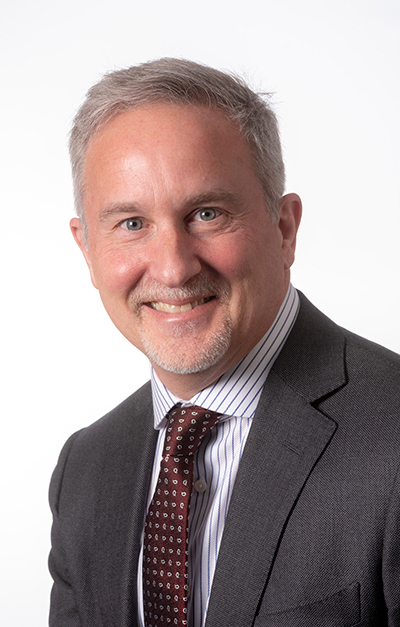Regenerative medicine is a rapidly developing field that provides patients both reparative and regenerative healthcare solutions. What is more, these treatments are now proving to be more effective both in terms of cost and health outcomes.
Regenerative medicine is the process of creating living, functional tissues to repair or replace damaged tissue, and stimulating the body to heal itself. Essentially, we are now able to implant ‘scaffolds’ into the body that allow the patient’s own cells to repopulate, which provides a solution that is not only reparative but also regenerative. By doing so, a patient can benefit from improved quality of healing, better management of their recovery and a potentially lower chance of follow-up treatments, which ultimately reduces cost pressures on healthcare providers.
Regenerative solutions are already being adopted in female urogynecology—pelvic organ prolapse is an issue affecting up to 40% of women during their lifetime.1 Historically, synthetic mesh has been used to repair the prolapse, which has led to post-surgical pain, tissue erosion and serious complications following recurrence of the prolapse. Acellular, regenerative dermal grafts now provide a viable treatment solution to overcome these issues. The acellular dermal graft is made from human skin that has been treated to remove the donor’s cells, which would normally cause rejection of the graft. The tissue is implanted into the patient and over time, the patient’s own cells repopulate and cause the graft to grow and strengthen.
Regenerative medicine has many different uses, and the technology can also help to prevent ongoing tissue damage and degeneration before a problem becomes too large to fix.
Take the example of someone with a damaged rotator cuff. The typical standard of care included waiting until the shoulder wore down enough to require a replacement while prescribing medication for the ongoing pain in the meantime. We now know that this approach has likely contributed to an over-dependence on pain medication and impacts patients’ functions, mobility and sleep. By using regenerative medicine solutions early to repair the damage when it first happens, the need for repeated surgeries and reduced patient outcomes can be avoided.
But despite the progress we’ve seen, healthcare providers have been slow to adopt regenerative medicine. To demand the same levels of clinical data for regenerative medicine products as for pharma seems unfeasible and limits possible treatment options that could be more cost-effective for patients. Instead, companies must work with clinical advocates to develop real-world clinical data in a cost-effective way. This will allow safe and effective products to be brought to market sooner with much stronger health economics to support product adoption.
Ultimately, health systems need to recognize the benefits of regenerative medicine and work with companies to find more effective approaches to adoption. Our aging population, the rise in chronic diseases, and higher expectations for more successful treatments demand it.
Reference
- Vergeldt, T.F.M., Weemhoff, M., IntHout, J. and Kluivers, K.B. (May 13, 20175) “Risk factors for pelvic organ prolapse and its recurrence: a systematic review”. Int Urogynecol J. 2015; 26(11): 1559–1573. Retrieved from. https://www.ncbi.nlm.nih.gov/pmc/articles/PMC4611001/






